In a media teleconference, NASA just dropped the bomb regarding alien planets: its Kepler mission has verified the existence of 1,284 new exoplanets. This isn’t just some random number they threw our way, but the fruitful result of the Kepler telescope and its K2 extension.
For the entirety of these 1,284 candidates there is a probability greater than 99 percent of them being planets and not statistical flukes. This is NASA’s minimum requirement for calling something a verified planet.
Out of these newly-validated exoplanets, over 100 are Earth-sized rocky planets, and 9 of them were found orbiting inside the so-called Goldilocks Zone. This means they meet the conditions for having liquid water present on their surface and thus potentially harbor life. Liquid water on their surface could also make them habitable candidates for future generations of space pioneers, if and when that happens. The closest of these is ‘just’ 11 light years from us.
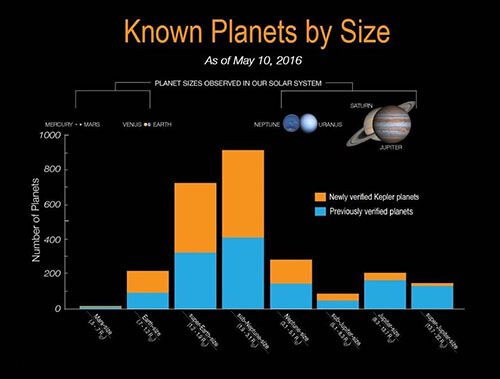
Over 300 of the 1,284 have been classified as Super-Earths, with a radius of 1.2 – 1.9 times that of our own planet. So we have roughly 550 planets that are more or less similar to Earth. While their geology and atmospheric composition is unknown, these are still rocky planets roughly the size of Earth and if these many can be found in a minute patch of sky, the galaxy must be full of them. And we could yet again circle back to Drake’s equation and assume that life must have found a way to manifest itself and reach intelligence levels that surpass mankind’s.
Before the Kepler space telescope launched, we did not know whether exoplanets were rare or common in the galaxy. Thanks to Kepler and the research community, we now know there could be more planets than stars,” said Paul Hertz, Astrophysics Division director at NASA Headquarters. “This knowledge informs the future missions that are needed to take us ever-closer to finding out whether we are alone in the universe.”
Intrigued by NASA’s recent announcement, astronomers around the world will surely point their telescopes towards these patches of sky, contributing to the awakening of humanity and the long-due dismissal of the neo-geocentric belief that keeps claiming we’re alone in the Universe, ergo the most important ones.
Launched in 2009, Kepler is NASA’s first assignment aimed at finding potential Earth candidates and during its mission, the space observatory has singled out and verified more than 3,200 exoplanets. It did so by monitoring 150,000 stars in a single patch of sky and measuring minuscule dips in the brightness of those stars. Whenever a star’s light ever so slightly dimmed on a cyclic schedule, it signaled NASA astronomers that a planet might be transiting in front of the star, much like Mercury did yesterday.
[youtube id=”8v4SRfmoTuU” align=”center” mode=”normal” autoplay=”no” grow=”no”]
Kepler might be the first but it won’t be the last to point its mirror at distant worlds. In 2018, NASA plans to launch the Transitioning Exoplanet Survey Satellite (TESS), which will scan a much larger area of the sky and determine the mass, size, density and orbit of a plethora of exoplanets. It will also pave the way for the James Webb Space Telescope, and this flagship observatory will be able to detect the filtered starlight that passed through an exoplanet’s atmosphere, giving astronomers a chance to determine what gases are present.
Considering the fact that certain gases are only produced by industrial processes that can mean only one thing (intelligent life, past or present), the JWST will undoubtedly provide crucial and controversial data once it’s up and running.
This announcement is indeed major but not what we were hoping for. If I didn’t know better, I’d suspect NASA was trying to smooth the path towards some kind of mentality-shattering disclosure. Only time will tell.
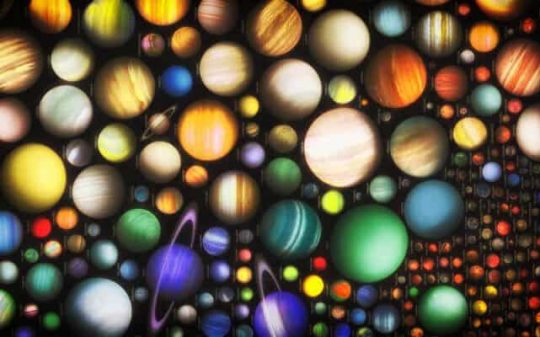



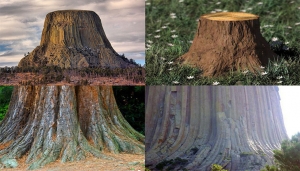

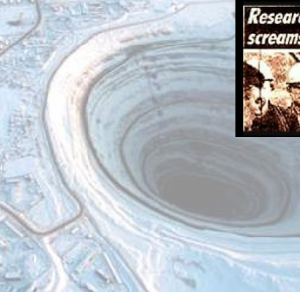

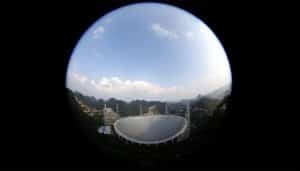

Trackbacks/Pingbacks